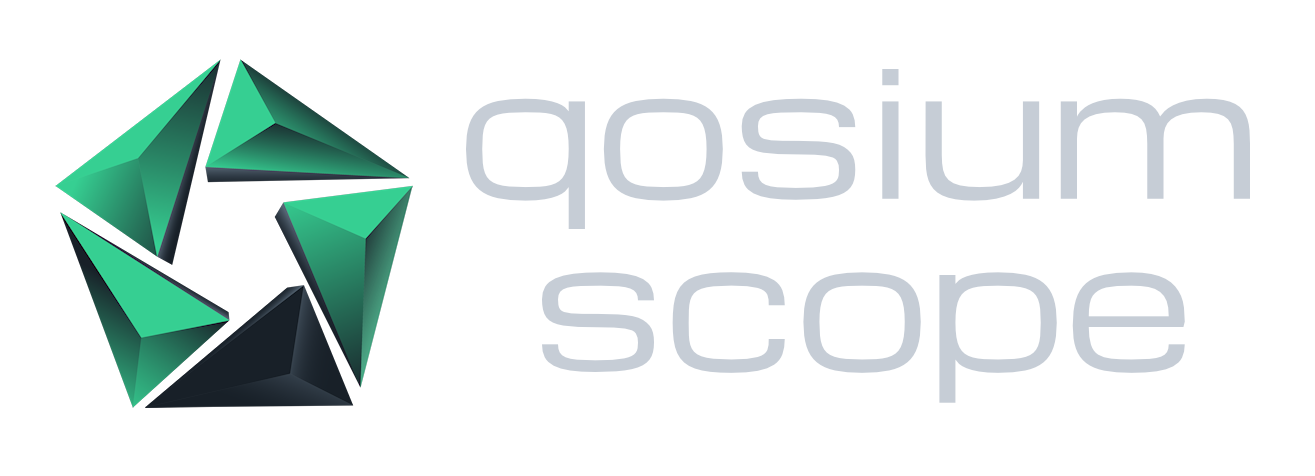
Qosium Probe
Qosium Probe is a real-time and passive measurement agent. It is light-weight software, which means that the same software can be installed all the way from mobile devices to large-scale server clusters.
How It Works
Qosium Probe performs the actual measurement. To do so, measurements need to be initiated and parameterized by a separate measurement control software like, for example, Qosium Scope. Without control, Qosium Probe does nothing, and does not consume any processing resources either. This makes it possible to install and run Qosium Probe in all devices in the network, although measurements would not be run at all times but only when needed. A single Qosium Probe per device allows practically unlimited number of individual simultaneous measurements.
Qosium Probe provides high measurement performance. Despite this, it’s light-weight, and does not limit the device type where it can be installed to. This is one of the main advantages of using Qosium. Unlike with most other high-performance measurement solutions, truly end-to-end measurement all the way to mobile devices is possible with Qosium. Lightness enables using Qosium also in resource constrained environments, such as in IoT networks.
The locations of Qosium Probes in a network determine the measurement possibilities, that is the measurement paths, as illustrated in the figure below. Qosium Probes are installed to nodes from which measurement results are wanted to be collected. As a passive agent, Qosium Probe needs to see the network traffic being measured. If a network device allows installing new software, Qosium Probe is installed directly to it. In case a device is closed, Probe is suggested to be installed as close as possible to it, or by mirroring traffic to a separate measurement device in the network where Qosium Probe is running.

Qosium Probes come with a registration feature, which helps identify devices available for measurement. It is possible to set a unique identifier for Probes. This is useful when IP addresses of network devices are dynamic. With the unique identifier, a network node can be identified despite the IP address it is currently assigned with.
Cross-Platform
Qosium Probe is available for the majority of desktops, servers, and even some embedded systems. We keep expanding the compatibility list regularly.











Measurement Controllers
A measurement controller locates Qosium Probes in the network, parameterizes them, controls the measurement, and guides the results to be delivered where desired.

It can be a pure controller, in which case the results are processed elsewhere, or an analyzer, being capable of analyzing and visualizing the results in addition to the measurement control. Kaitotek offers three measurement controllers, and also an opportunity to develop a custom controller.

Qosium Scope is an analyzer for creating, controlling, and parameterizing Qosium manual measurements. In addition, Scope collects and visualizes results. All the features of Qosium are available on Scope.

Qosium Scopemon is a measurement controller for automated monitoring. This enables, for instance, continuous monitoring of a critical communications system, allowing immediate reactions if QoS decreases excessively.

Qosium Scope Lite is a command-line tool for controlling measurements. It includes also limited real-time visualization capabilities. Scope Lite is especially suitable for constrained systems and creating measurements through scripting.

A custom controller can be implemented by using the QMCPQoS Measurement Control Protocol
Kaitotek’s proprietary protocol for controlling measurements and gathering measurement results. interface. Kaitotek offers a straightforward QMCP control APIApplication Programming Interface
An interface in software, which allows a third party to interact with the software programmatically. for all their customers, enabling direct Qosium measurement control, e.g., from a network management solution.